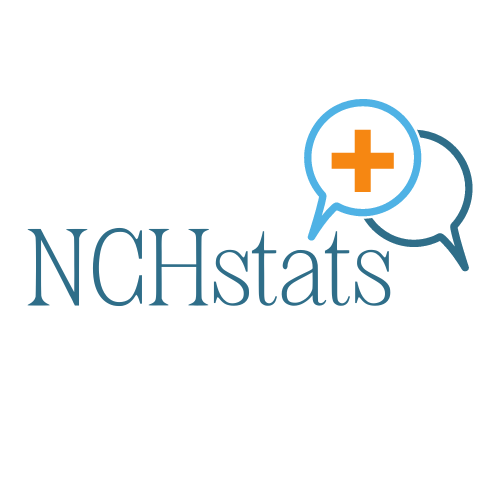The office has been louder than usual, half the team buried in healthcare datasets, the other half arguing over which map projection makes the United States look less distorted.
Between cups of cold coffee and late Slack messages, we managed to roll out a set of heavy updates that connect health, economics, and human reality more than ever.
Table of Contents
ToggleCancer Research and AI in Medicine
Early in the week, our editors finalized revisions on AI Disease Prediction, adding a new section about how machine learning helps identify early cancer patterns.
We consulted recent NIH and WHO releases and ran fact-checks with oncology data to show where predictive models already outperform traditional screening methods.
The discussion got emotional at one point, one of our data analysts had lost a family member to a late-stage diagnosis, and that shaped the tone of the article. It’s one of the few times we stepped back from spreadsheets to remember why we publish health data at all.
Healthcare Costs and Uneven Access Across States
Another major update went to Healthcare Costs in the U.S., where we integrated new state-level comparisons from the Centers for Medicare & Medicaid Services.
Readers can now see which states spend the most per resident, where insurance premiums jumped the fastest, and how out-of-pocket costs differ across income brackets.
The findings surprised even us; some low-income states are spending more per capita than wealthier ones because of hospital consolidation and limited rural access.
It led to an impromptu debate near the coffee machine about whether “healthcare efficiency” is even measurable.
Depression, Suicide, and the New Reader Quiz
We revisited Teen Depression Statistics in the U.S. and Suicide Rates in the U.S., both updated with 2025 provisional CDC data.
Beyond the charts, we added a small, optional self-assessment quiz. It’s not medical advice – just a reflective tool where visitors can check how they’ve been feeling and get hints about when to talk to someone.
The idea started as a casual note during our editorial sync: “People read this at 2 a.m. alone. Maybe we should give them something small but helpful.”
Money, Population, and Policy Threads
While part of the newsroom worked on medicine, others refined How Much Money Is in the World and Average American Savings Account.
We now connect monetary aggregates with real-life health outcomes, how inflation and insurance debt affect people’s capacity to afford treatment. It’s not economics for its own sake; it’s what happens when numbers meet bodies.
Inside the Office
The mood was mixed this week: curious, tired, but proud. A new editor brought pastries on Wednesday, and someone printed a quote on the wall: “Statistics are stories waiting to be felt.” It stuck.
Between revisions and quiet moments, we realized we’re building more than datasets; we’re building empathy through precision.
Related Posts:
- The Conversation We Didn’t Plan on Having All Week
- What Last Week Actually Felt Like at NCHStats
- Number of Federal Employees of US in 2025 - How Many…
- Adult Inactivity Outside of Work - 10 Stats You Should Know
- Teen Birth Rates by State 2025 – Who's Making…
- How Many People Die Each Day in the US in 2025? And…








